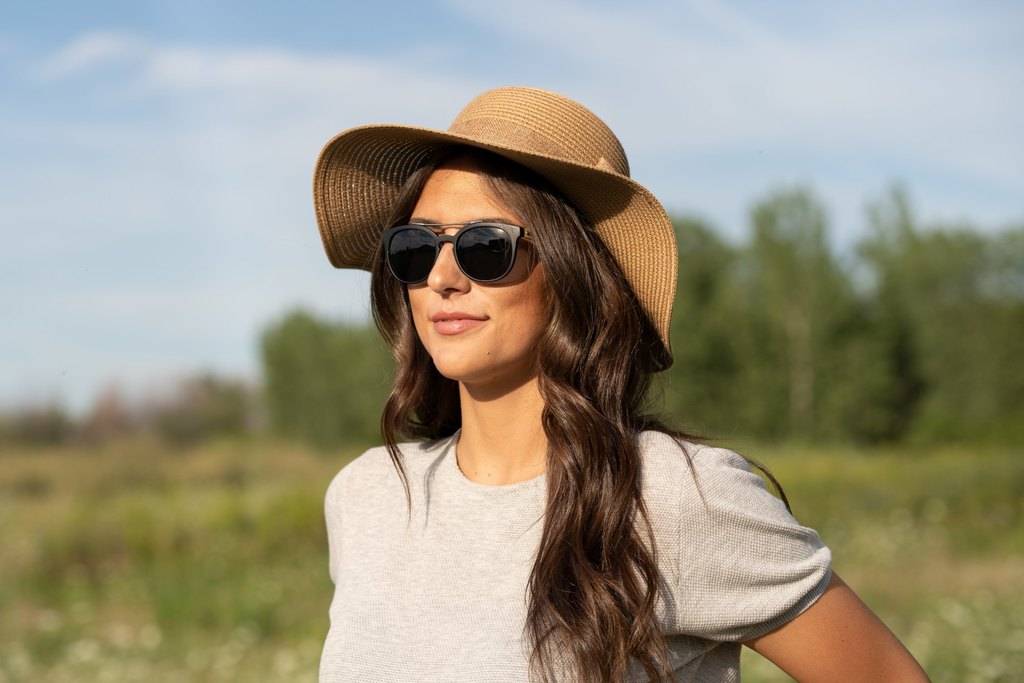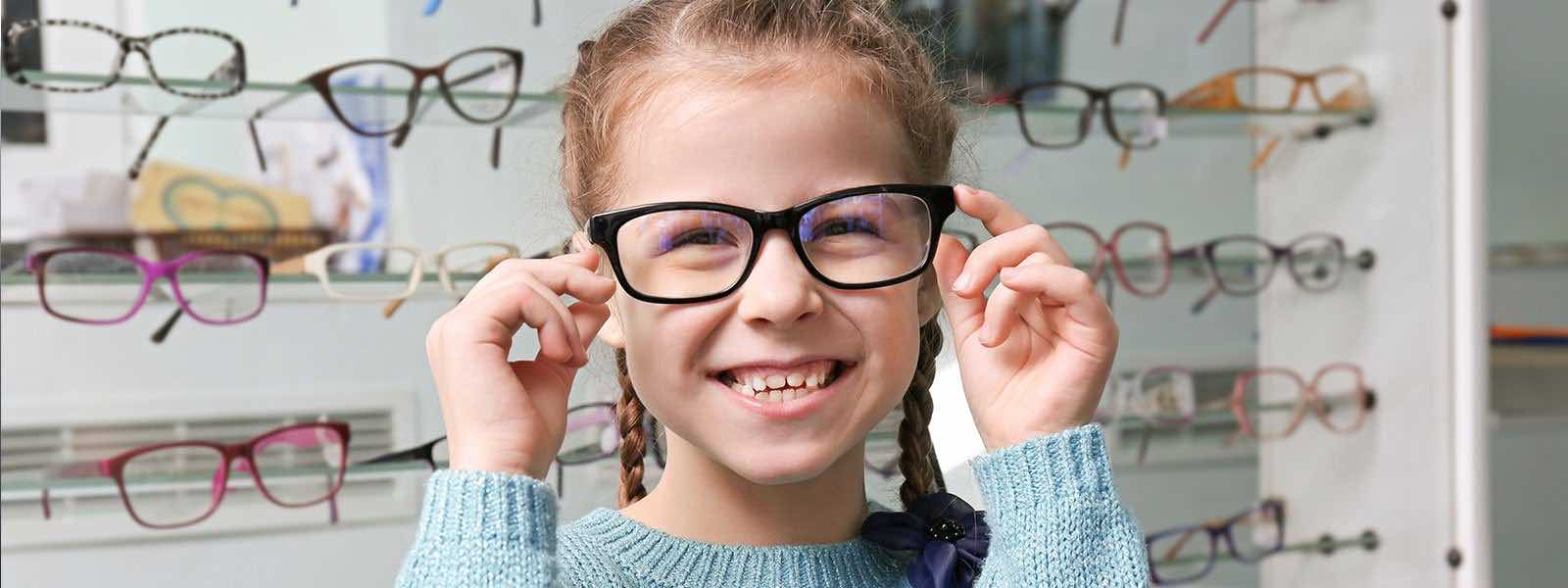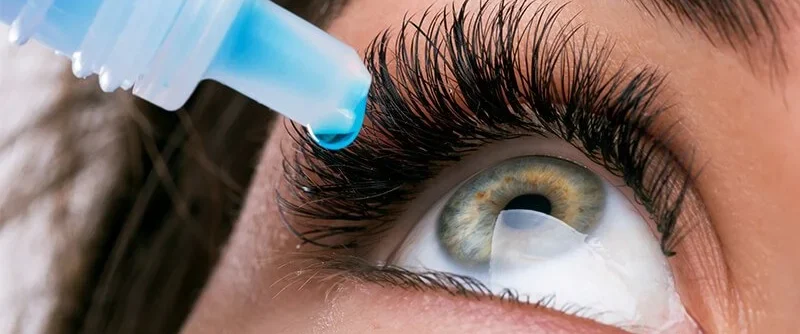How To Pick The Best Sunglasses To Protect Your Eyes

Sunglasses aren’t an optional summertime accessory, they’re an essential prescription for eye health. Long-term exposure to the sun without proper protection can increase the risk of eye disease, including cataract, growths on the eye, and eye cancer.
How sunlight can damage your eyes
Ultraviolet (UV) radiation can damage eyes the same way it affects skin. It’s important to understand that like lighter skin, lighter eyes are at increased risk of damage. Over time, UV rays can damage the eye’s cornea (surface layer), tissues and lens regardless of whether the UV light is natural or artificial, direct or reflected. The more your eyes are exposed to UV rays, the more severe the damage will be.
Taking steps to protect your eyes from UV rays can help you avoid eye conditions such as:
- Cataracts, a condition when the lens of your eye becomes cloudy causing blurry or colorless eyesight
- Eye cancers, including melanoma and lymphoma, which start and grow in the eye
- Eye growths, such as pterygium and pinguecula, which commonly start on your eye’s conjunctiva (clear tissue covering the whites of your eyes) and can eventually affect your vision
Choosing protective sunglasses
Sunglasses come in all sizes, shapes and colors. To ensure they are providing maximum protection for your eyes, here’s what you need to know about your options:
- UV protection – Look for sunglasses that offer 100% UV protection from all UV light (UVA and UVB) or 100% protection against UV 400.
- Lens color – Many people believe that darker sunglasses provide better UV protection—but the quality of a pair’s shading has nothing to do with the darkness or color of the lenses.
- Polarization – Polarized lenses are more comfortable for most people because they reduce the glare of light reflecting off surfaces such as water, snow and roads. Polarization does not provide any protection from UV light.
- Size – The size of your sunglass lenses matters when it comes to protecting your eyes. Research shows that indirect exposure does affect eyes and UV light that is reflected or diffused by clouds and particles can reach the eyes from above, below and all other directions. For maximum protection, consider wearing oversized or wraparound sunglasses.
Additional tips for protecting eyes from sun damage
In addition to wearing protective sunglasses, take these steps to increase your eyes’ protection from UV rays:
- Avoid tanning beds which expose your eyes directly to UV light
- Never look directly at the sun, especially during an eclipse
- Take extra precautions at midday or at higher altitudes when sunlight is strongest
- Wear a broad-brimmed hat along with your sunglasses
- Wear eye protection on cloudy days since clouds don’t block UV light
Even short-term exposure can damage the eyes. Sun reflecting off water can cause a painful sunburn called photokeratitis on the front part of the eye. It causes redness, blurry vision, sensitivity to bright light, and, in rare cases, even temporary vision loss. Should you have any questions or concerns about your eye health be sure to bring them up during your next eye exam. Contact SightMD today to schedule an annual eye exam today!


